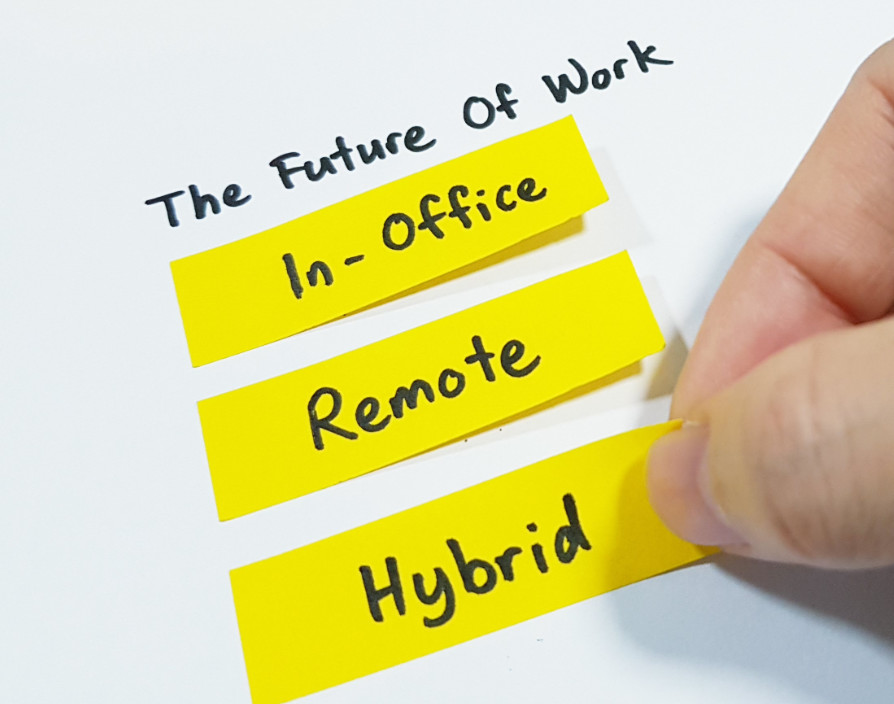Since the start of the pandemic and amongst the disruption caused, small businesses have had to find new ways to stay connected, productive, and resilient. As a result, many of them adopted either a fully remote or hybrid approach to their work and implemented video communication technology to support their dispersed workforce. Video conferencing usage has exploded amongst small businesses, jumping from a 20 percent usage rate in 2019 to around 82 percent in 2020. In addition, 82 percent of small businesses claim that video conferencing tools are now essential for their daily business operations, even beyond the pandemic.
However, the sudden uptake in video communications has led some business owners to discount its long-term value. This is because they don’t believe there will be a need for it, or hybrid working practices, once we’re out of the pandemic. Right now, what the future of work will look like is still uncertain with new variants of Covid-19 continuing to wreak havoc and disrupt our working patterns. To see success in 2022 and beyond, businesses need to adopt some form of hybrid working into their business, to support their employees and remain agile.
Hybrid working as a mainstay for businesses
Over the past two years, people have become accustomed to working remotely. As a result, the power is now in their hands when it comes to demanding certain benefits from their jobs. The option to work from home has become a deal-breaker for employees and nearly half would consider leaving their role if flexible working was not an option. This means businesses need to continue working on a hybrid basis long after the pandemic is over, with technology playing a crucial role in supporting this.
Small businesses have seen numerous benefits since going hybrid. It allows businesses to cut costs around IT maintenance and office space while helping to maintain company culture, identity and personal connection. On an individual level, the flexibility that hybrid working offers can help employees find greater job satisfaction and feel more engaged with their work. Although virtual meeting fatigue is a new phenomenon that we all must learn to manage carefully, the same goes for in-person meetings when they’re scheduled back-to-back. Hybrid tools that encompass chat features and other applications can help to improve collaboration and identify if a meeting necessarily needs to take place.
Successful uses of hybrid communications
An additional benefit many businesses have seen from hybrid working is an increase in productivity. Research from McKinsey & Company found that within the UK, businesses could perform around a third of their work remotely without any loss of productivity whatsoever. Hybrid work also reduces the commute which allows many to have more free time and approach their work with a fresh mindset. The appetite is there as well; a recent survey by Qualtrics Research found that almost two-thirds of UK employees want a blend of virtual and remote activities in their workplace.
Video technology has had a clear impact on small businesses in developing regions too. As one example, the UN recently celebrated its Micro-, Small, and Medium-sized Enterprise Day, outlining several video technology success stories. This included Olavo Medeiros, a tour guide in Sao Paulo, Brazil, who was able to use video technology to expand his business by opening his tours up to larger groups, including older or disabled individuals who otherwise would not be able to participate. For Olavo, the virtual tours acted as a digital door, allowing him to connect with clients on a real and personal level. He has plans to continue using a hybrid approach after the pandemic as it gives his business flexibility, resilience, productivity, and new growth opportunities for the future.
The future is hybrid
Weaving video communications into existing working structures has many benefits and is a trend that will likely continue in the years to come. To ensure they can meet the real-life demands of small business owners such as Olavo, video communication platforms will continue to innovate and develop their products, which will only prove them even more invaluable to how businesses operate.
Flexible, hybrid working takes the best of traditional working practises and combines that with the best of remote working. It has allowed businesses to survive in some of the most testing times. When used correctly, video communications platforms facilitate collaboration and let people feel more inspired by their time together, defying the physical limits of distance and location, and ensuring people have an equal voice whether they are in the office or working remotely.
“
Share via:








































